J On The Spectrum - Disney's 100th Anniversary - Walt's Greatest Masterpiece
Disney's 100th anniversary is this year, and to celebrate, I'm going to tell the story of this legendary animation company over a yearlong period.
Walt Disney had always envisioned making Mary Poppins into a movie ever since the success of Snow White back in 1937-1938, ever since his two daughters suddenly got him interested in the idea when they were reading one of the Mary Poppins books by P.L. Travers. He loved the idea, and approached P.L. Travers, real name Helen Gogh, for the rights to make the movie, but P.L. Travers was dragged into this kicking and screaming. She did not think Walt Disney was capable of such a feat, that of a live action production, which Walt Disney wanted to make it as. I guess if you make cartoons in Hollywood for so long, people are gonna look at you as just the guy who makes cartoons. P.L. Travers didn't like what Walt Disney stood for, the chipperness, all-American innocence, cartoons, songs, she didn't want to be involved in this. It wasn't until Walt went to her apartment in London and told her his life's story in a way that would connect with her, matching his own childhood struggles with that of P.L. Travers, that she finally caved in and gave him the rights to make the movie. Inevitably, she hated the final product. She must have gone around in the press telling everyone how much she hated the film.
Julie Andrews was approached by Walt Disney after a performance of the hit play Camelot to star in Mary Poppins in the lead role. Julie might have been skeptical, but not quite as snobbish or snooty as P.L. Travers was. She ended up coming on board because her husband at the time, Tony Walton, was hired to not only design the costumes, but also be the defacto production designer, and she couldn't bear separation. While other leading men in Hollywood were considered for the role of Bert, Dick Van Dyke was given the role because he was such a hilarious knock-out on his hit TV show The Dick Van Dyke Show. Instead of traditional script writers, Walt relied on Richard and Robert Sherman to come up with the big story through their songs, which won them an Oscar. Their song they composed for the motivational character arc of George Banks, Feed the Birds, ended up being Walt Disney's favorite song. Anytime Walt Disney ever met the Sherman Bros for the rest of his life, and they were near a piano, Walt would say, "Play it", and they would play Feed the Birds. This may be Walt Disney's most personal film because through the character of George Banks, he wanted to reflect not only how he felt about his own father, but also how his wife Lillian felt about him sometimes.
Every special trick in the book Walt perfected during 4 decades of show business was rolled into one package. The movie was filmed entirely indoors. You've got a lot of wire work with the wires thickened with shoe polish to appear almost invisible to the camera. You've got beautiful matte paintings by Peter Ellenshaw, the studio's chief matte artist. You've got traveling mattes and split screen photography, an audio animatronic robin that sings to Mary during the "A Spoonful of Sugar" sequence, dry ice smoke, and finally the sodium vapor process, used extensively during the animated portions of the film with the live actors. There was only one such camera prism crystal made for this process, which rendered almost perfect seamless compositing, even through the straps on Mary's hat in the Jolly Holiday sequence. A rotating room was also used for the floating tea party sequence. Techniques such as these would serve as a reference and forerunner for the creation of today's CG effects, during a time when computers were only used for business, mathematics, and calculating trajectories to the moon.
Mary Poppins opened at the Graumann's Chinese Theater in Hollywood on August 27, 1964, and on a $4 million budget, grossed nearly $32 million in its first domestic run. The movie would give Julie Andrews her first Best Actress Oscar, and would garner the most Oscar nominations for any feature Walt made in his entire life, including his only nomination for Best Picture, which went to My Fair Lady from Warner Bros.
Mary Poppins' success happened in a much different world than Snow White. Young people were tuning in to the music of Bob Dylan, James Brown, The Beatles, they started to get into the activities synonymous with the hippie crowd, they began to grow worried about a war in a place called Vietnam, and the Civil Rights movement had reached its peak. Even Dick Van Dyke participated in the March on Washington in 1963, where Martin Luther King Jr. gave his "I have a dream" speech. With such radical change, some things had to go. Walt Disney would become one of them, because 4 decades of showbusiness and unhealthy habits were about to take its toll on him. To quote Bob Dylan and Guns N' Roses, he was knocking on heaven's door.
Next week, the last animated feature Walt Disney was ever involved in during his entire life.
-
 54:08
54:08
Real Coffee With Scott Adams
4 hours agoEpisode 2464 CWSA 05/04/24
22.6K35 -
 1:58:47
1:58:47
OFFICIAL Jovan Hutton Pulitzer Rumble
7 hours agoAsk Me Anything! Let's Catch Up - Tell Me About Your Concerns and Let's Find Solutions!
35.6K38 -
 56:56
56:56
The Squad
11 hours agoArsenal GOING CLEAR & Man City WILL FLOP🏆 Big Ange is a FRAUD😨Enzo Fernandez MUST BE SOLD!
35.2K7 -
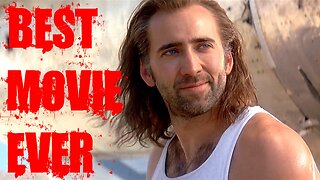 13:42
13:42
Space Ice
23 hours agoCon Air Is So Good It'll Restore Your Faith In Mankind - Best Movie Ever - Nicolas Cage
55.5K40 -
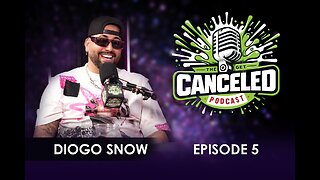 1:05:36
1:05:36
TheGetCanceledPodcast
20 hours agoTHE GCP Episode 5 | Diogo Snow Talks Growing Up In Brazil, Art Basel, Cyberpunk & More
61K9 -
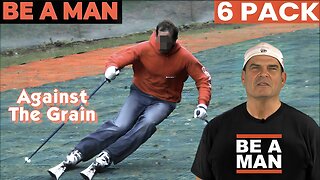 1:06
1:06
bostonbeaman
1 day agoBE A MAN: Against the Grain 6 Pack
44.5K7 -
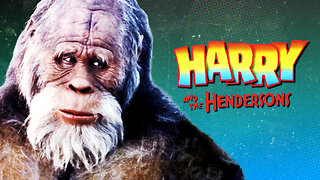 14:43
14:43
JoBlo Horror Originals
1 day agoHarry and the Hendersons: When Bigfoot Went Hollywood
39.4K10 -
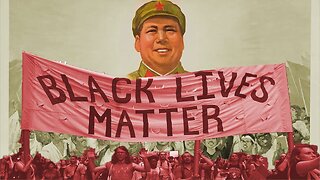 13:49
13:49
Good Kid Productions
1 day agoXi Van Fleet on Maoism coming to Fairfax, VA (convo)
42.4K20 -
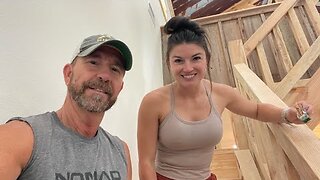 7:07
7:07
Hannah Barron
21 hours agoDilemma in the New Kitchen!
47.3K29 -
 8:24
8:24
SaturdayMorningInspection
21 hours ago $0.01 earnedTexans Just Got A FREE AGENT STEAL
46.2K7